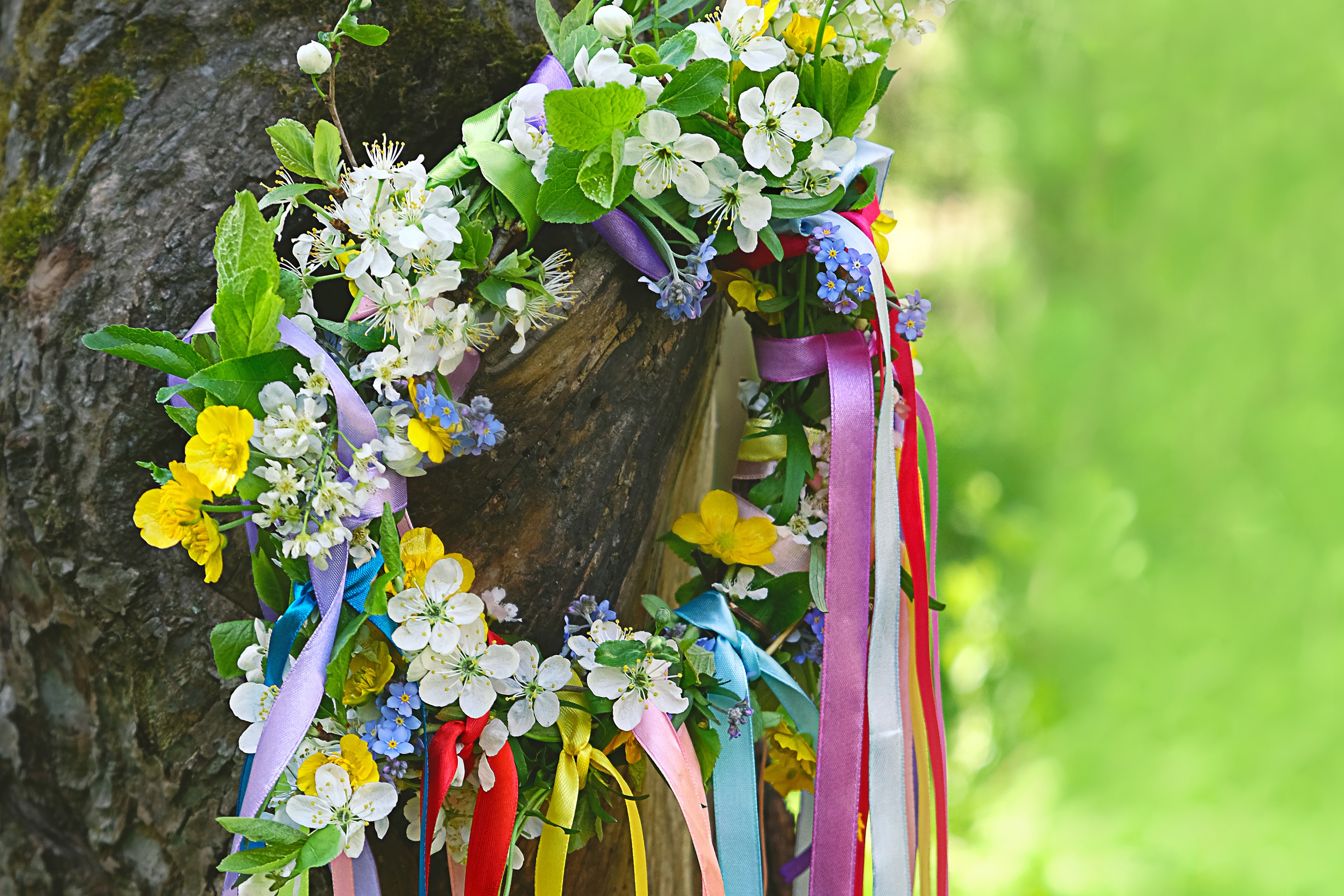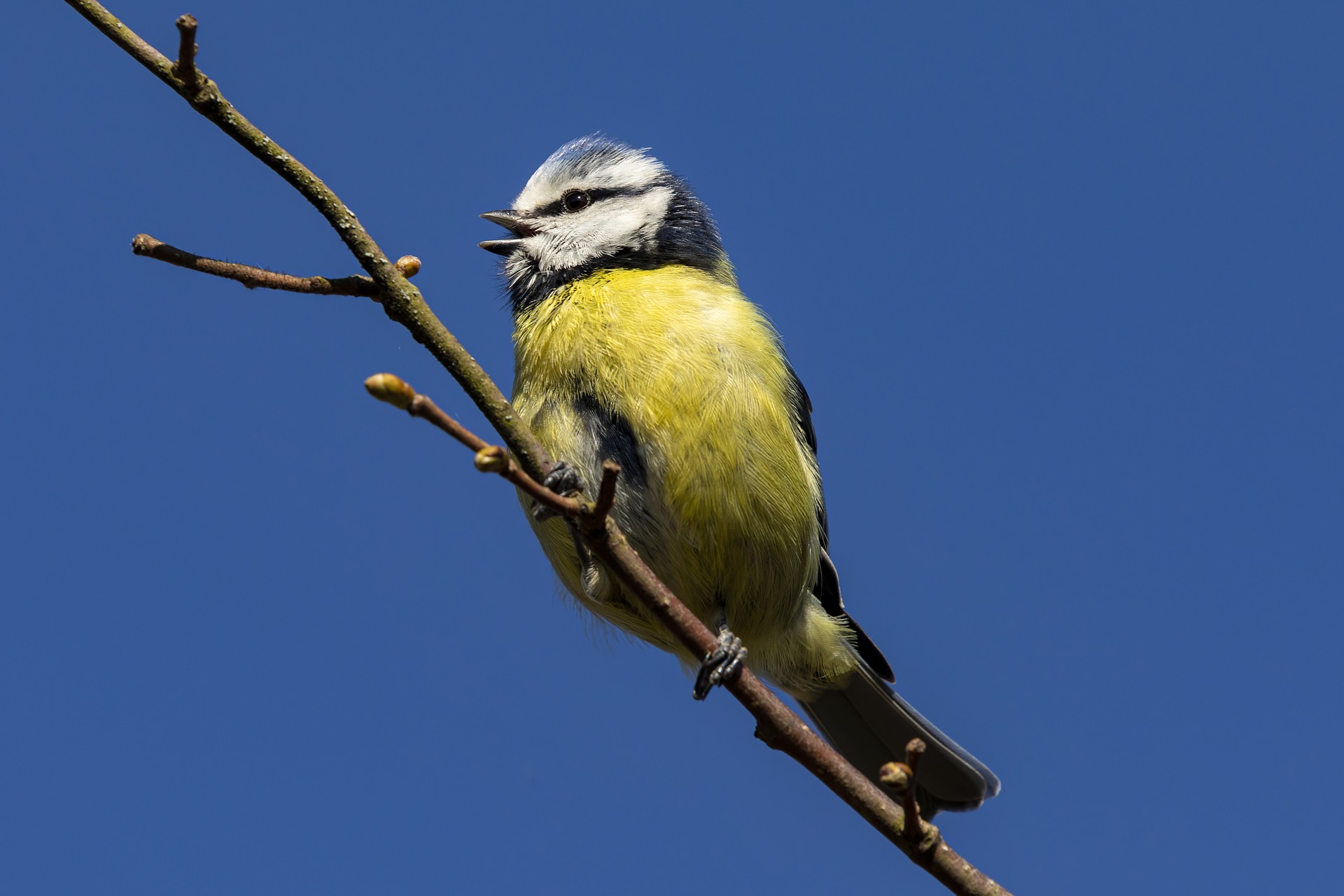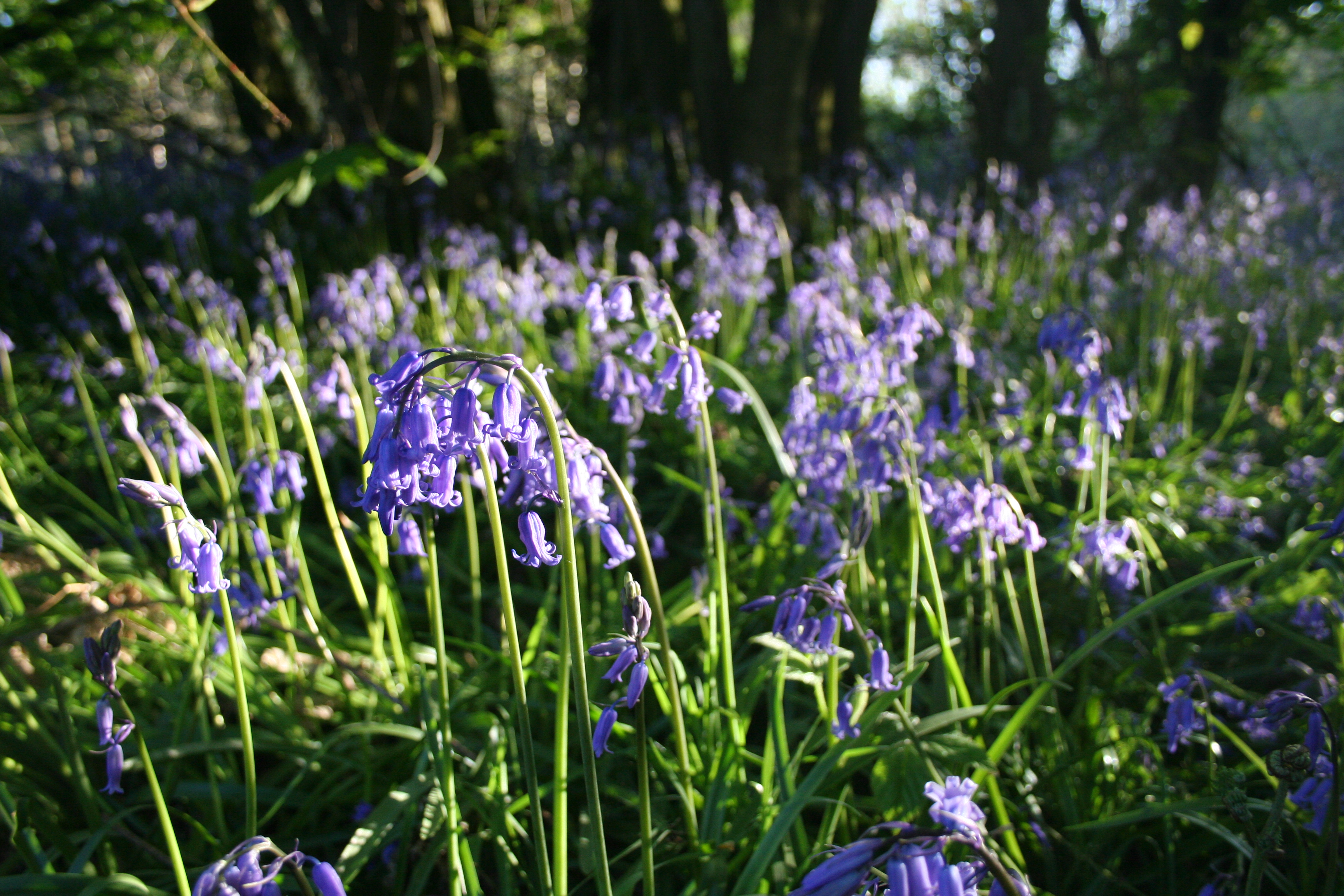5 charming mammals to discover in the National Forest
18th Apr 2024
If you've been captivated by the mesmerising scenes of David Attenborough's latest series, "Mammals," airing on BBC1, then we have great news for you. You can embark on your very own wildlife adventure without crossing oceans or continents!
Right here, in the National Forest, there is a haven of biodiversity where vibrant ecosystems are home to an astonishing variety of mammalian species. This #MammalWeek, we’ve picked our top five favourites, so step outside with us and uncover the remarkable mammals that call the Forest their home.
1. European Water Vole (Arvicola amphibius)
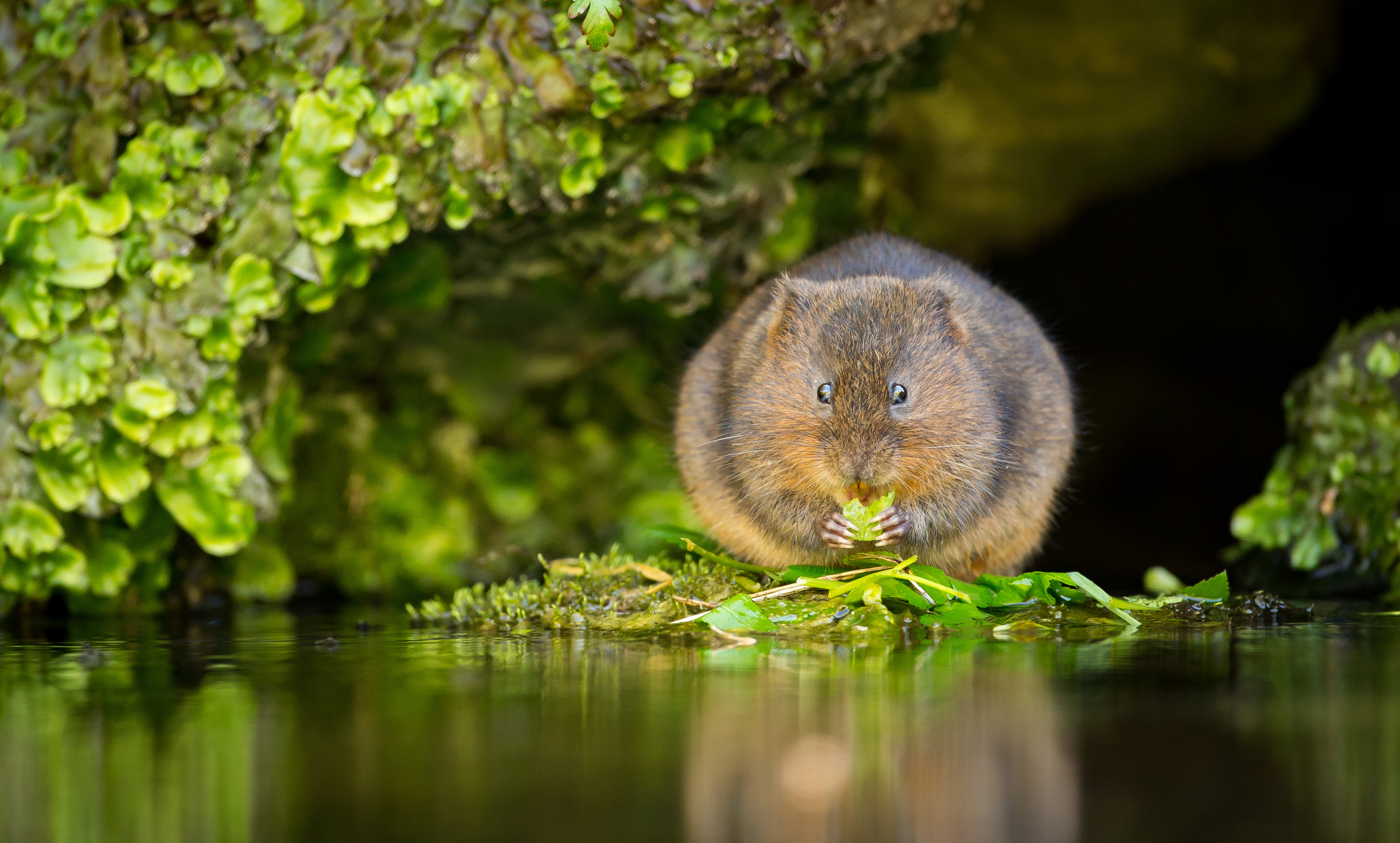
This charming mammal, also known as the "water rat," is a proficient swimmer, making its home in burrows along the water's edge. With chestnut-brown fur and rounded ears, the water vole is a delightful sight as it forages for aquatic plants and grasses.
2. Red Fox (Vulpes vulpes)
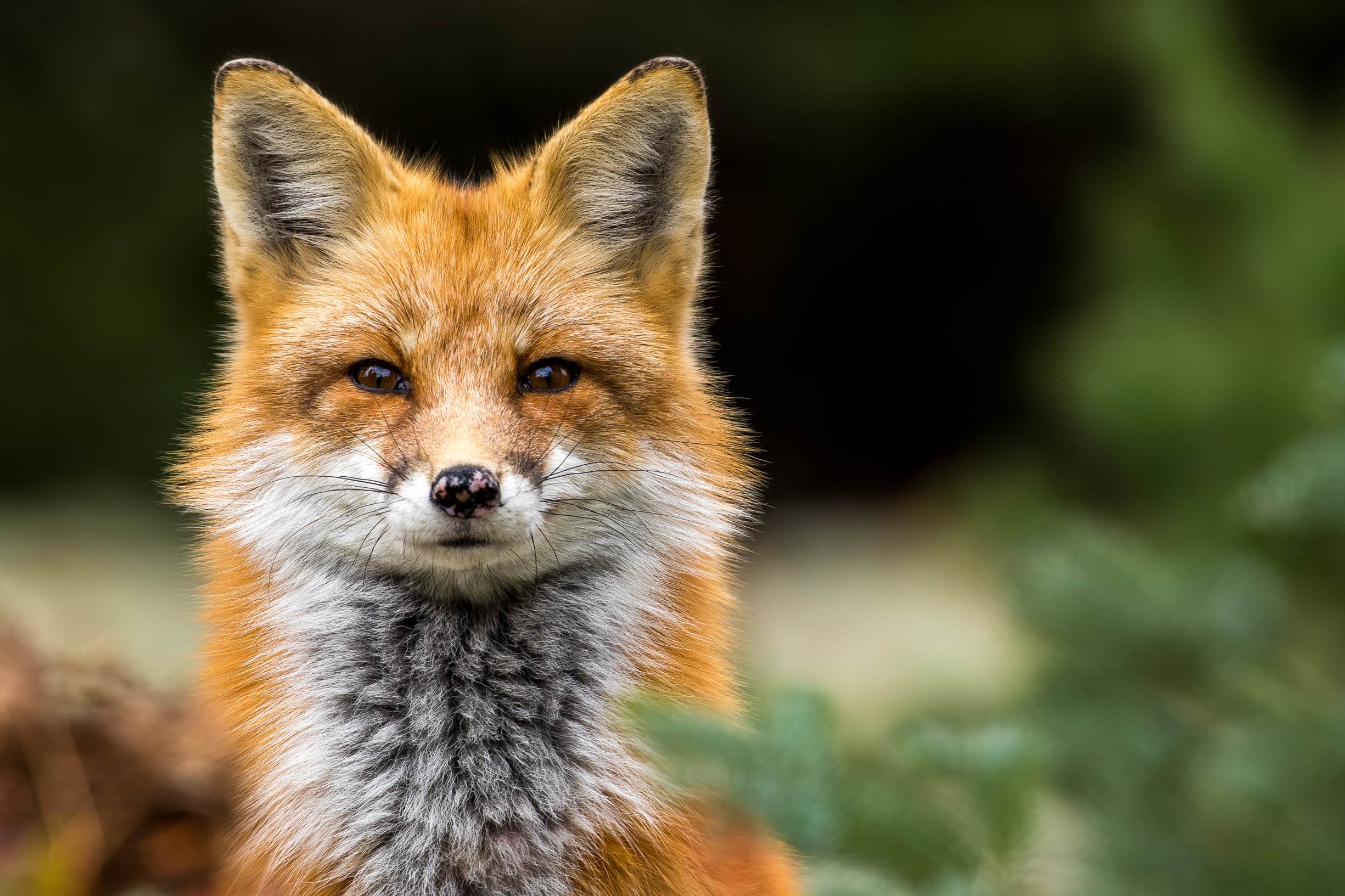
With its striking russet fur and bushy tail, the red fox is a charismatic inhabitant. These adaptable mammals are found in a variety of habitats, from woodlands to urban areas. Known for their cunning and intelligence, red foxes are skilled hunters, preying on small mammals, birds, insects, and even scavenging through our own leftover food.
3. Brown Hare (Lepus europaeus)
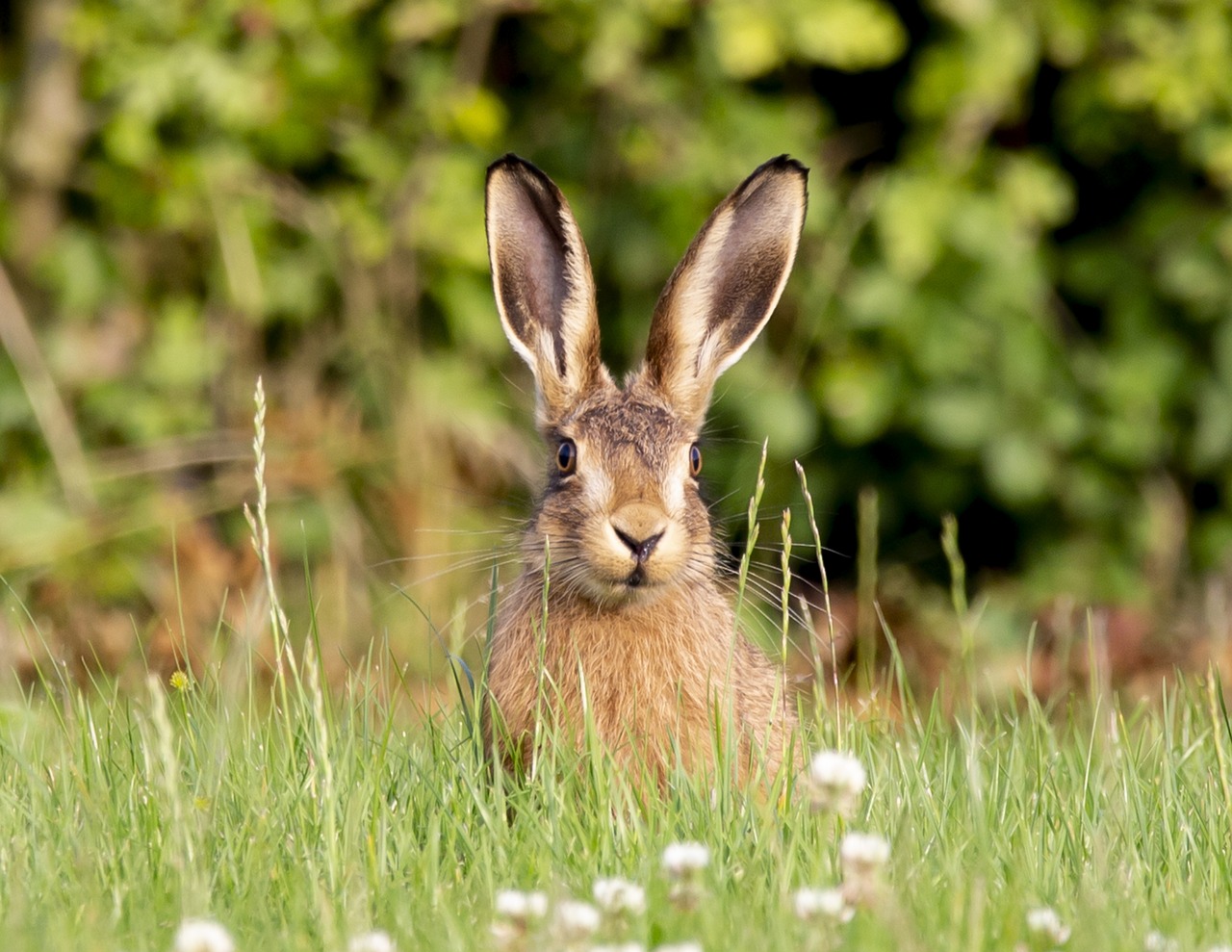
Bounding across fields and meadows, the hare is an emblem of speed and agility. These swift mammals are known for their long, powerful legs, which propel them in great leaps across the landscape. Hares are most often seen during the early morning or evening, when they engage in their characteristic "boxing" behaviour during the breeding season, which gives them their nickname of Mad March Hares.
4. Hedgehog (Erinaceus europaeus)
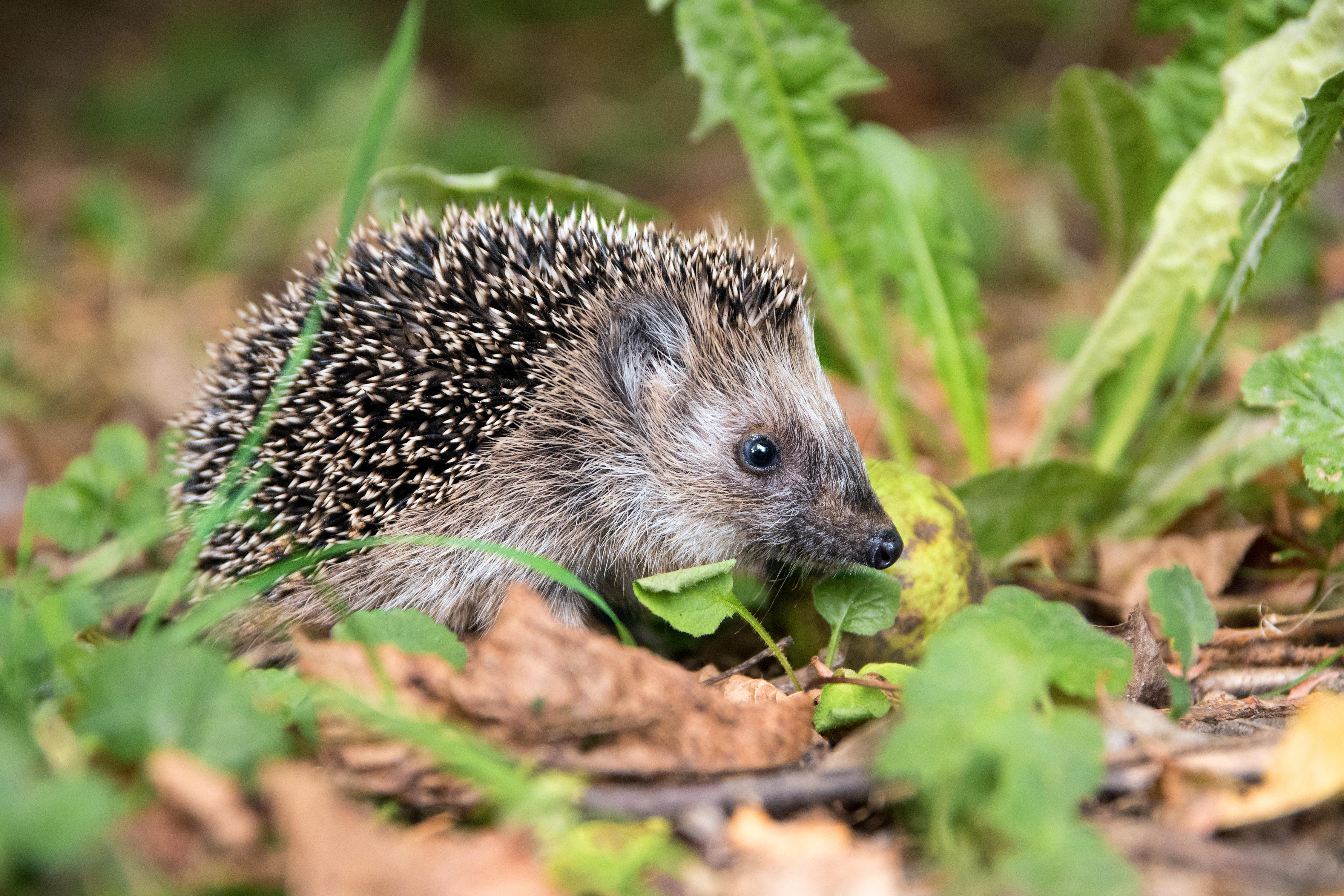
No exploration of British wildlife would be complete without mentioning the beloved hedgehog. With its distinctive spines and nocturnal habits, the hedgehog is a familiar resident in the countryside. In urban areas, where hedgehogs are increasingly finding their homes due to habitat loss in the countryside, providing access holes and tunnels in garden fences is crucial. These small openings allow hedgehogs to move freely between gardens, expanding their foraging range and breeding opportunities. Such initiatives are vital for connecting fragmented habitats. These insectivorous mammals play a vital role in controlling insect populations, their snuffling forays through the undergrowth leaving behind a trail of exploration.
5. Pipistrelle Bat (Pipistrellus pipistrellus)
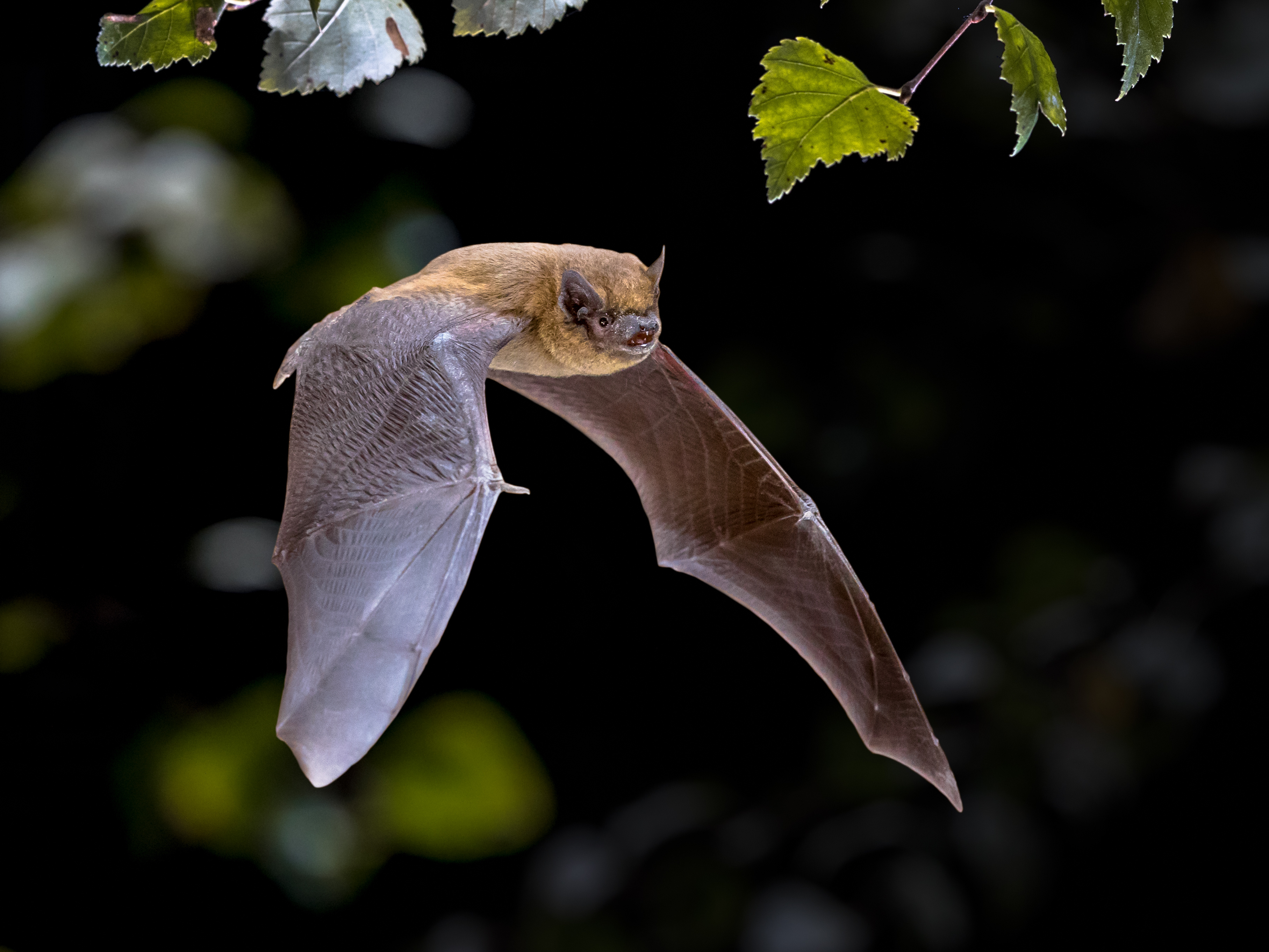
With its diminutive size and rapid, darting flight, the pipistrelle bat is a common sight in these woodlands. It feasts on insects, its fluttering form barely audible as it navigates the night. These bats are among the smallest in Europe, with a wingspan of around 19-25cm. Pipistrelle bats are known for their echolocation calls, which are high-pitched and rapid, allowing them to detect and capture prey with remarkable precision. They play a crucial role in controlling insect populations, particularly mosquitoes and midges.
To ensure these remarkable creatures continue to thrive, we invite you to join us in supporting the work of the National Forest. Whether it's through conservation efforts, education, or simply spreading the word about this remarkable place, your involvement makes a difference. Together, we can help create a lasting home for these magnificent mammals and preserve the beauty and biodiversity of the National Forest for generations to come.
If you'd like to help us continue to support wildlife and create habitats in the National Forest, then find out you can support our work, here.
Give to the Forest
Give monthly or one-off donation?
